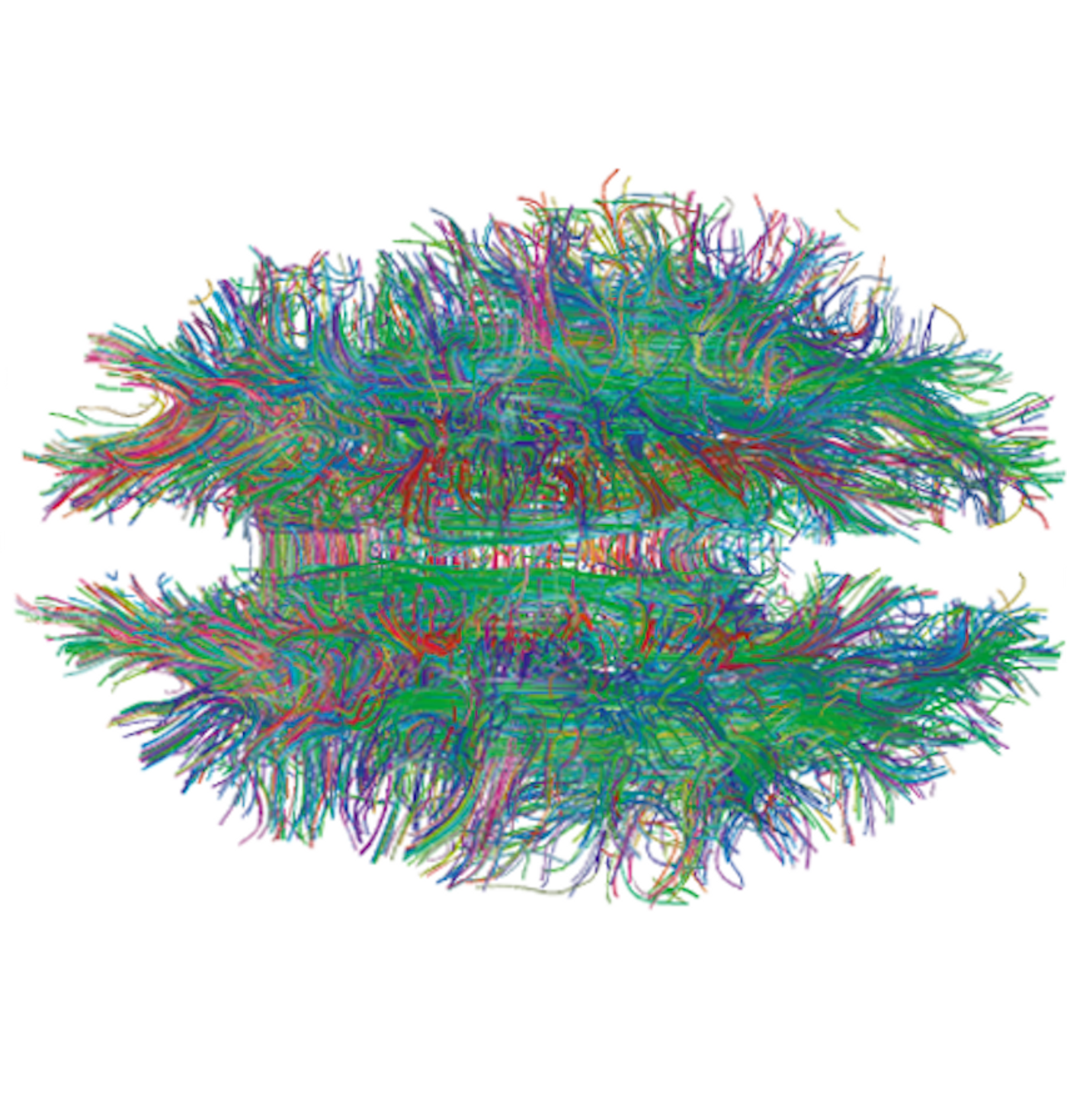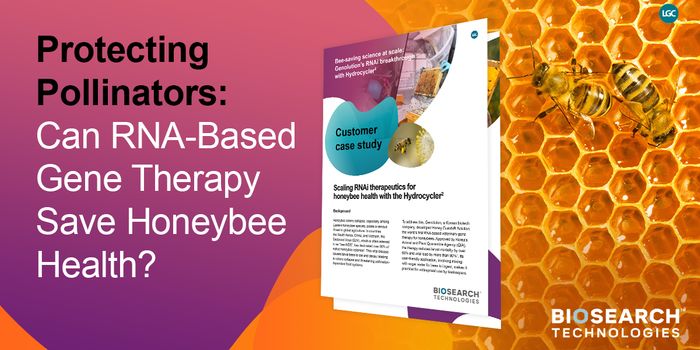Researchers have been searching for the cause of autism for many years. While there have been indications that it has a genetic component, only a small percentage of cases can be definitively associated with genetic defects. New work, however, has identified a gene that seems to be a hotspot for mutations related to autism. Called TRIO, the gene impacts the development and nature of the connections between cells in the brain.
Reporting in Nature Communications, eight mutations connected to autism were found in TRIO, which clustered in a small part of the Trio protein. That protein is necessary for forming links between neurons, and when Trio is dysfunctional, it can be a major hindrance to the brain’s ability to process and store information.
"I have never seen this number of autism-related mutations in such a small area," noted the corresponding author of the report, Bruce Herring, a neurobiologist at the USC Dornsife College of Letters, Arts and Sciences. "The likelihood that this number of mutations occurs by chance is 1 in 1.8 trillion. We're pretty confident these mutations contribute to the development of autism-related disorders."
The Centers for Disease Control and Prevention (CDC) estimates that 3.5 million Americans are affected by autism spectrum disorder, roughly one in 68 U.S. children. It impairs communication, socialization and can be accompanied by intellectual disability. Some recent findings from the CDC about autism are summarized in the video.
"Many genes have been implicated in autism. What we want to know is: What do these genes have in common,” explained Herring, an Associate Professor for USC Dornsife's Section of Neurobiology. “We are looking for the points of convergence that ultimately lead to this spectrum of disorders."
The researchers assessed 4,890 genetic samples from people with autism-related disorders to identify candidate genes. "TRIO ended up very high on our list," Herring said.
In the TRIO gene, eight mutations were discovered in the GEF1/DH1 domain. This small region encodes for a part of the Trio protein that activates the Rac1 protein. That prompts the growth of actin filaments, forming the scaffolding of brain connections. The mutations identified by the scientists tended to prevent Trio from binding to Rac1, causing the scaffolding to break down, which weakens connections.
"It is really striking that all disruptive mutations are found in the positions where they either weaken the domain structure or block its interactions with Rac1, a key hub for the neural development pathways," said the co-author Vsevolod Seva Katritch, an Assistant Professor of Biological Sciences at USC.
Previous research has linked autism to aberrations in the connections between brain cells. Sometimes they seem to be too strong, in other cases, they appear weaker than normal.
"Most of the mutations we have found in Trio weaken the protein and result in weaker connections between brain cells," Herring explained. "However, one mutation found in an individual with severe intellectual disability surprised us. It causes Trio to become much stronger. When this mutant form of Trio was put into brain cells, it caused them to have way too many connections."
These alterations seem to have an effect, regardless. "I don't think it really matters if connections between brain cells are too strong or too weak. I think either case can contribute to the development of autism," Herring said. "The ability of our brains to increase and decrease the strength of connections between brain cells is essential for normal brain development; our brains must be plastic. Mutations that push connections too far in either direction are likely to impede our brain's ability to change in appropriate ways."
"We believe autism-spectrum disorders are likely to develop from mutations that take away the brain's ability to change during a critical time point in a child's brain development when the brain cells are trying to establish the appropriate connections and build the right circuits," Herring concluded.
The investigators found more interesting data. A gene that is very similar to and shares a signaling pathway with TRIO, called KALRN, also carried mutations that were associated with disease. These mutations were not found in people with autism spectrum disorder, however; they were carried by people with schizophrenia.
"We think the critical difference between these two genes is when they are active," Herring suggested. "The TRIO gene is active when we are very young. The KALRN gene doesn't really turn on until adolescence. If you disrupt this signaling pathway in brain cells when we are young through TRIO mutations, we believe that this contributes to development of autism. This makes sense since autism-related symptoms appear in young children."
Mutations in KALRN impact the pathway during a person’s teen years, when the brain is more developed, said Herring. "This makes sense because schizophrenia symptoms appear in adolescence."
The researchers are hopeful that their findings will aid in the development of treatment strategies.










